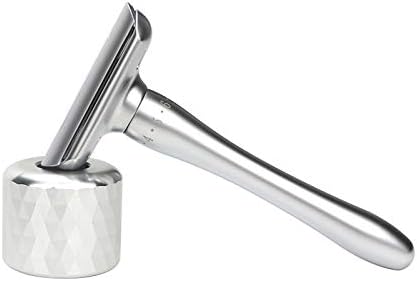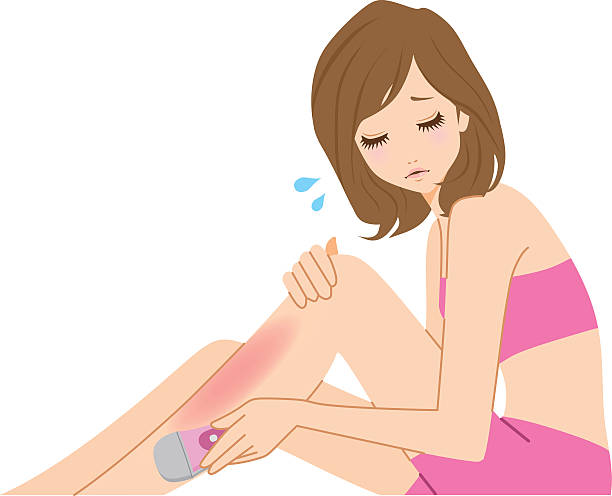
Multi-Blade Cartridge Razors:
Feature multiple blades (commonly three to five) on a single cartridge.
Each blade is spaced closely together to achieve a close shave with fewer passes.
Disposable Cartridge Razors:
Razors where the entire razor head with blades is disposed of after use.
Typically used for travel or as a more economical option.
How Cartridge Razors Are Made
Designing: Develop ergonomic handles and precise blade alignments for effective shaving.
Material Selection:
Blades: High-quality stainless steel for sharpness and durability.
Cartridges: Plastic or metal housing for blades, with lubricating strips for smooth glide.
Handles: Lightweight metals like aluminum or durable plastics for comfort and grip.
Manufacturing Process:
Blade Production: Precision grinding and honing of stainless steel blades.
Cartridge Assembly: Integrating blades into cartridges with lubricating strips and guards.
Handle Manufacturing: Injection molding or machining of ergonomic handles.
Quality Control: Testing for blade sharpness, cartridge alignment, and overall product safety.
Personality Development Through Cartridge Razors
Customization: Offering handle designs, colors, or grip textures to cater to user preferences.
User Experience: Emphasizing convenience with quick blade replacement and a smooth shaving experience.
Care for Cartridge Razors
Cleaning: Rinse razor head thoroughly after each use to remove hair and shaving cream residue.
Blade Replacement: Regularly replace cartridges to maintain sharpness and hygiene.
Storage: Store razors in a dry area to prevent rust and damage to blades or handles.
Advantages of Cartridge Razors
Ease of Use: Simple to use with minimal learning curve, suitable for beginners.
Close Shave: Multi-blade design offers a close shave with fewer passes.
Convenience: Quick and easy blade replacement without handling individual blades.
Disadvantages of Cartridge Razors
Cost: Ongoing expenses for replacement cartridges can be higher compared to safety razors.
Environmental Impact: Disposable cartridges contribute to plastic waste.
Less Control: Limited control over blade exposure and shaving angle compared to safety razors.
Material Selection for Cartridge Razors
Blades: High-quality stainless steel for sharpness and durability.
Cartridges: Plastic or metal materials for housing blades and lubricating strips.
Handles: Lightweight metals or durable plastics for ergonomic designs and comfort.
Fashion and Design Trends
Ergonomic Designs: Sleek, modern handles with comfortable grips for easy shaving.
Customization Options: Personalized colors or handle designs to appeal to different consumer preferences.
Innovation in Lubrication: Improved lubricating strips and moisture bars for enhanced shaving comfort.
Market Trends
Technological Integration: Development of cartridges with additional features like pivot heads or vibrating handles.
Sustainability Initiatives: Shift towards recyclable materials or blade recycling programs.
Gender-Neutral Products: Increasing availability of razors designed for both men and women.
Customer Preferences
Shaving Performance: Priority on razors that provide a smooth, irritation-free shave.
Cost-Effectiveness: Value for money concerning initial purchase and ongoing cartridge replacements.
Convenience: Preference for razors that offer quick and easy blade replacement.
Understanding these detailed aspects of cartridge razors can help manufacturers, designers, and retailers meet market demands and customer preferences effectively.


